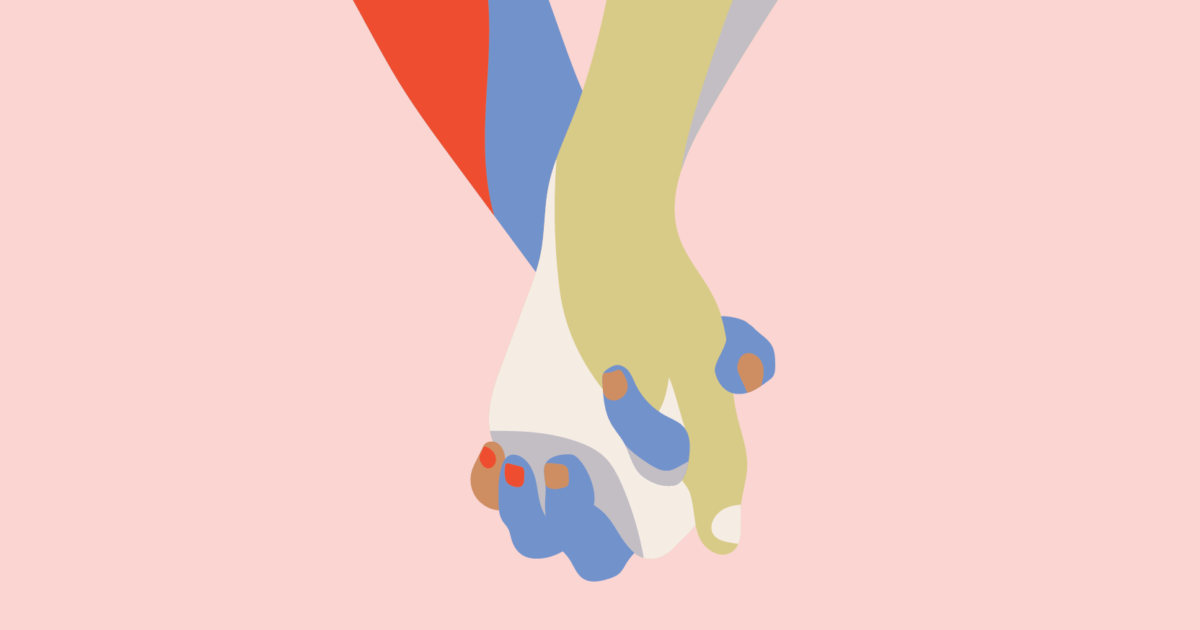Childhood Cancer
- Mahesh Vara has battled Ewing sarcoma twice. His most recent diagnosis came when the 31-year-old was 21 and had a freak accident at the gym.
- Vara is doing well now, but he has to live with kidney damage, a weakened heart and infertility as a result of his chemotherapy.
- Childhood cancer research does not receive as much funding as adult cancer research, according to the National Pediatric Cancer Foundation.
Vara’s mother grew concerned when her son developed a growing lump on his left thigh. Thankfully, a family friend who also happened to be a general practitioner recommended that the lump be removed. It was only upon removal and testing that Vara’s doctors found he had a malignant tumor. After two surgeries and 12 months of intense chemotherapy, Vara went into remission.
Read MoreVara is doing well now, but he has to live with kidney damage, a weakened heart and infertility as a result of his chemotherapy.
“Although I'm fortunate enough to be looking ahead now, I have to live with the long-term effects of my treatment,” he said. “I've seen too many others like me die from this disease young people with aspiration, talent and lives to live – and that has to change.”
Understanding Ewing Sarcoma
The term sarcoma is used to describe an array of more than 70 rare cancers that begin in the bones and the soft tissues. Ewing sarcoma is a specific type of sarcoma that occurs in bones or in the soft tissue surrounding the bones. It is most commonly found in adolescents, but younger children, as well as adults (in their 20s and 30s) can also be diagnosed with this disease.
According to the Mayo Clinic, some signs and symptoms of Ewing sarcoma include:
- Pain, swelling or tenderness near the affected area
- Bone pain
- Unexplained tiredness
- Fever with no known cause
- Losing weight without trying
Treatment for Ewing sarcoma depends on the location of the cancer and the size of the tumor at the time of diagnosis. A doctor's course of action may involve a combination of chemotherapy, radiation and surgery. Sometimes the aggressive nature of these treatments can cause both short-term and long-term side effects. According to the Mayo Clinic, "lifelong monitoring is recommended" after completing treatment to watch for potential late effects of the intense treatment.
Childhood Cancer
Vara says his second battle with cancer has highlighted the shortcomings of childhood cancer treatment and research. He is angry at the lack of attention and funding given to childhood cancer and looking at the facts there’s truth to his concerns.
“I think what's shocked and angered me the most second time round, is how little progress there has been in the last 14 years,” he said. “The same treatment options were presented to me as when I was a boy… The biopsies were the same, the chemo, the surgery, the side effects, everything. As a patient, I could see little advancement. And yet, I read all the time about the great strides being made in treatments for other cancers, like prostate cancer treatment or lung cancer, for example.”
According to the National Pediatric Cancer Foundation, only 4 percent of the billions of dollars spent each year on cancer research and treatments are directed towards treating childhood cancer in the United States. And this lack of funding has had an unfortunate impact: Fewer than 10 drugs have been developed for use in children with cancer since 1980, yet hundreds been created exclusively for adults.
The organization also reports that side-effects from treatment mean that most survivors of childhood cancer will have a significant health-related issue by the time they reach age 45. And pediatric cancer treatment is expensive: The average cost of a stay in a hospital for a child with cancer is $40,000.
Because of treatment advances in recent decades, 84 percent of children with cancer now survive five years or more, according to the American Cancer Society up from 58 percent in the mid-1970s. But chemotherapy is still the go-to for doctors treating childhood cancers.
"There are also targeted treatments and different immunotherapies that have been studied in adults and have now moved into clinical trials for children and there has been a great deal of excitement in the community about that," Dr. Elizabeth Raetz, director of pediatric hematology and oncology at New York Langone Health’s Perlmutter Cancer Center, tells SurvivorNet.
Sarah Stapleton, a clinical social worker at Montefiore Medical Center says social workers can connect patients with resources and provide support during the treatment process.
Learn more about SurvivorNet's rigorous medical review process.


